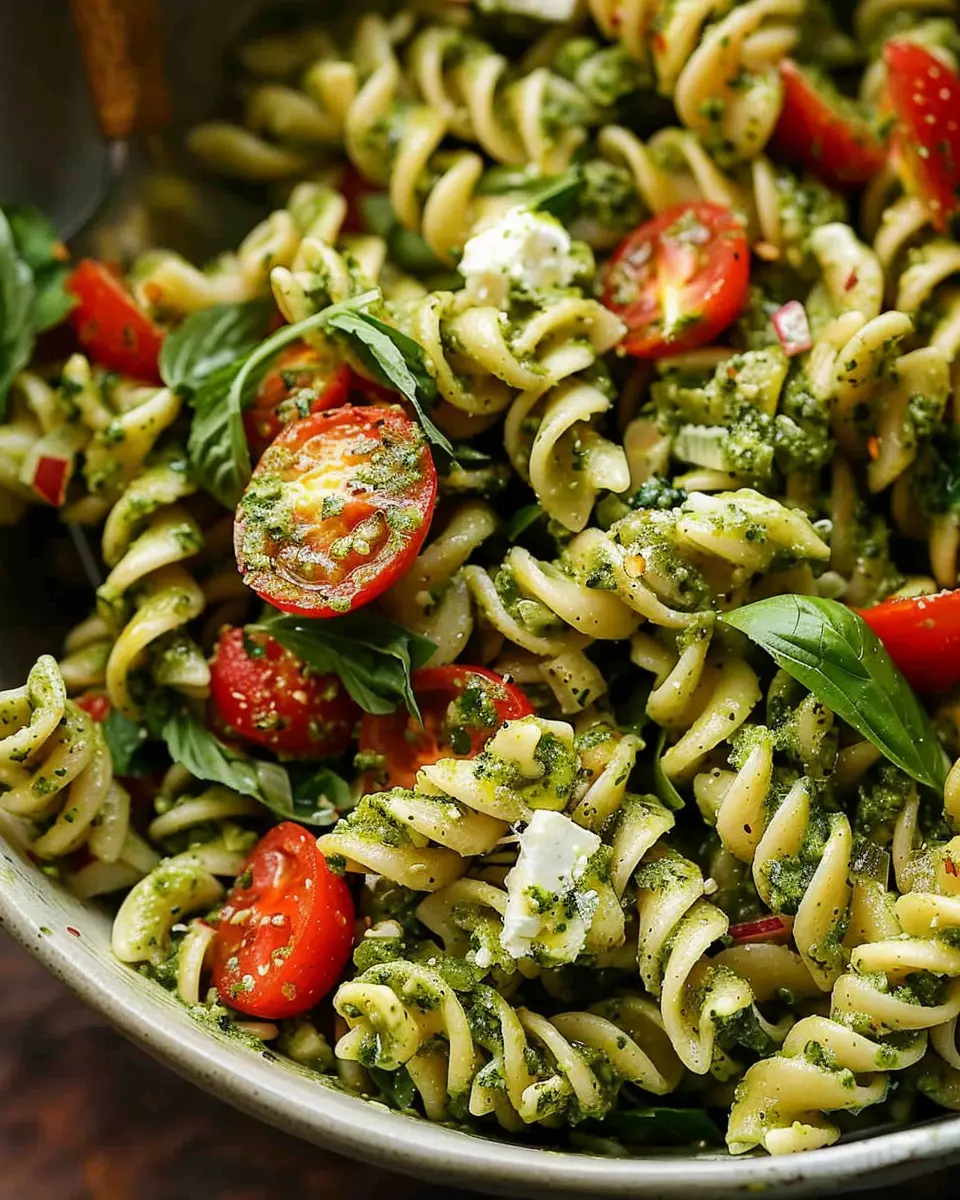Introduction to Lemon Cake
Why Lemon Cake is a Classic Favorite
Lemon cake has carved a special niche in the hearts and taste buds of dessert lovers everywhere. But what makes this zesty treat so universally adored? For starters, the bright, refreshing flavor of lemon brings a delightful tang that perfectly contrasts with the sweetness of cake. This balance creates a lightness that makes it an ideal choice for any occasion, from cozy family gatherings to elegant springtime celebrations.
According to a survey by The American Psychological Association, people often associate citrus flavors with feelings of happiness and nostalgia. This might explain why a slice of lemon cake can feel like a comforting hug on a sunlit afternoon. Whether paired with a cup of tea or showcased at a birthday party, lemon cake adds a touch of joy.
In addition to its refreshing taste, lemon cake is incredibly versatile. You can make it as a simple sponge cake or elevate it with rich frostings or fillings. The use of fresh lemons not only enhances flavor but also provides a beautiful pop of color, making it visually appealing. It can easily be tailored to fit various dietary preferences, such as gluten-free or vegan options, ensuring that everyone can enjoy a slice.
Now, let’s not forget about its rich culinary history. Lemon has been used in baking for centuries, with origins tracing back to ancient Rome. If you’re curious about how these time-honored recipes have evolved, check out this fascinating piece on the cultural significance of lemons. The cake itself has become a staple in many bakeries and family kitchens, passed down through generations, each adding their own spin.
In essence, lemon cake is more than just a dessert; it’s a celebration of flavor, nostalgia, and adaptability. So, whether you’re a seasoned baker or a curious novice, this recipe is bound to become a cherished addition to your culinary repertoire. Ready to get started? Let’s bring some sunshine into your kitchen!

Ingredients for Lemon Cake
Creating the perfect lemon cake begins with the right ingredients. Let’s dive into what you’ll need to whip up this delightful treat.
List of Essential Ingredients
To bake your lemon cake, gather the following essentials:
- All-purpose flour: This forms the cake’s structure.
- Granulated sugar: Adds sweetness and moisture.
- Eggs: Bind everything together while providing rich flavor.
- Unsalted butter: Ensures a tender crumb and richness.
- Lemon juice and zest: These are the stars of the show, infusing your cake with that bright citrus flavor.
- Baking powder: Necessary for leavening, helping your cake rise beautifully.
- Salt: Just a pinch balances the sweetness and enhances the flavors.
Optional Ingredients for Variation
Feel free to get creative! Here are some optional ingredients you can use to give your lemon cake a unique twist:
- Greek yogurt or sour cream: For added moisture and tanginess.
- Vanilla extract: This adds depth of flavor.
- Poppy seeds: A fun texture addition that pairs well with lemon.
- Berry toppings: Strawberries or blueberries can add a vibrant contrast.
By mixing and matching these ingredients, you can tailor your lemon cake to suit your taste perfectly. If you’re curious about more variations, you might find inspiration at BBC Good Food or Food Network. Happy baking!
Preparing Lemon Cake
Lemon cake is a go-to dessert for any occasion—you may even find yourself making it just because! Whether it’s for a celebration or simply to enjoy with a cup of tea, here’s a friendly guide to help you master the art of baking a delightful lemon cake from scratch.
Gather and Prepare Your Ingredients
Before diving into the baking, it’s crucial to have everything you need at your fingertips. This not only saves time but also helps ensure a smooth baking experience. Here’s your shopping list:
- 1 ¾ cups all-purpose flour
- 1 cup granulated sugar
- ½ cup unsalted butter (room temperature)
- 3 large eggs
- 1 cup buttermilk (optional for added moisture)
- The zest of 2 lemons
- ⅓ cup fresh lemon juice
- 1 ½ teaspoons baking powder
- ½ teaspoon baking soda
- ½ teaspoon salt
- 1 teaspoon vanilla extract
When prepping your lemon cake, be sure to wash the lemons thoroughly, as you’ll be using their zest and juice. Feel free to check out Bon Appétit for tips on maximizing your lemon’s flavor!
Create the Lemon Cake Batter
Now that you’ve gathered your ingredients, it’s time to bring them together. Start by preheating your oven to 350°F (180°C). This ensures your cake bakes evenly.
- In a large mixing bowl, cream the butter and sugar together until light and fluffy, about 3-5 minutes.
- Add in the eggs, one at a time, mixing well after each addition.
- Incorporate the lemon zest and vanilla extract, giving it a good stir.
- In a separate bowl, mix together the flour, baking powder, baking soda, and salt.
- Gradually add the dry ingredients to the wet mixture, alternating with the buttermilk. Mix until just combined; avoid overmixing to keep your cake light and fluffy.
At this stage, your kitchen should be filled with a wonderful lemony aroma that signals a promising treat ahead!
Pour Batter into Baking Pan
Once your batter is ready, it’s time to get it into the pan. Lightly grease a 9-inch round cake pan or line it with parchment paper for easy removal.
- Carefully pour the batter into the prepared pan.
- Tap it gently on the counter to release any air bubbles that may have formed.
- Use a spatula to spread it evenly.
This may seem like a small step, but even pressure-less pouring can lead to better texture.
Bake the Lemon Cake to Perfection
Now comes the moment of truth! Place your pan in the preheated oven and bake for about 25-30 minutes, or until a toothpick inserted into the center comes out clean.
Remember, baking times can vary based on your oven, so keep an eye on your cake during the last few minutes of baking. It should have a lovely golden hue on top. Side note: Enjoy the delicious scent wafting through your kitchen—it’s part of the experience!
Let the Cake Cool Before Frosting
Once your lemon cake is baked, remove it from the oven and place it on a cooling rack. Let it cool in the pan for about 10 minutes before turning it out onto the rack.
Here’s a little pro tip: resist the temptation to frost your cake while it’s still warm. This can lead to a melty mess instead of the perfect frosting layer. Allow it to cool completely—this will ensure that your frosting stays fluffy and beautiful, making your lemon cake all the more inviting.
As you prepare for the frosting, think about what you’d like to pair with your cake. A simple lemon buttercream or a light glaze could elevate it even further. If you’re curious about frosting options, Food Network offers a myriad of ideas to explore.
With these foundational steps, you’re well on your way to creating a delectable lemon cake that’s sure to impress!

Variations on Lemon Cake
Ah, the delightful world of lemon cake! While the classic version will always hold a special place in our hearts, there are several creative spins that can elevate this zesty dessert to new heights. Here are a few variations worth trying:
Lemon Poppy Seed Cake
If you’re a fan of textures, consider making a lemon poppy seed cake! The combination of crunchy poppy seeds and tangy lemon zest creates a lovely flavor profile. To prepare, simply add about ¼ cup of poppy seeds to your standard lemon cake batter. Not only does this variation delight the taste buds, but the striking contrast makes for an eye-catching presentation.
Lemon Blueberry Cake
Want to add a burst of color and fruitiness to your lemon cake? Try a lemon blueberry cake! Mixing fresh blueberries into your batter not only enhances the flavor but adds visual appeal and extra moisture. You can simply fold in a cup of fresh or frozen blueberries right before pouring the batter into your baking dish. For a special touch, consider drizzling a lemon glaze over the top for that extra zing!
Gluten-Free Lemon Cake
For those following a gluten-free lifestyle, fear not! Achieving a delicious gluten-free lemon cake is easier than you think. Substitute regular flour with a gluten-free blend or almond flour. This cake can still be moist and flavorful—especially when you boost it with Greek yogurt or sour cream. Check out this gluten-free baking guide for more tips.
These variations not only keep things exciting but cater to different dietary needs and preferences, making lemon cake the versatile star of your dessert table. Why not try one out for your next gathering?
Cooking Tips for Lemon Cake
Common pitfalls to avoid
Making a delightful lemon cake may seem straightforward, but there are a few traps that can lead to disappointing results. One common mistake is overmixing the batter, which can produce a dense texture rather than the light, airy cake we all crave. Also, make sure your baking powder and baking soda are fresh! Expired ingredients can ruin your cake’s rise. Don’t skip the zest—it’s the key to elevating that lemon flavor. Always remember that using lemon juice from a bottle dulls the cake’s brightness; fresh juice is essential.
Pro tips for moistness
To achieve a wonderfully moist lemon cake, consider these techniques:
- Use sour cream or yogurt: Incorporating these will add moisture without altering flavor.
- Don’t skip the syrup: Brushing a lemon simple syrup over the baked cake while it’s still warm helps lock in moisture.
- Cool properly: Let your cake cool in the pan for about 10 minutes before transferring it to a wire rack, preventing it from drying out.
By following these tips, you’ll create a lemon cake that’s not only zesty but also irresistibly moist! For more detailed information on ensuring cake moistness, check out this baking guide.

Serving Suggestions for Lemon Cake
Perfect Beverage Pairings
When it comes to lemon cake, the right beverage can elevate your dessert experience. Consider pairing it with:
- Iced tea: A refreshing glass of unsweetened iced tea lets the tanginess of the lemon shine through without overpowering it.
- Sparkling water with a twist of lemon: This light option enhances the citrus flavor, making every bite a zesty delight.
- Moscato or Prosecco: If you’re in the mood for something bubbly, these sweet wines complement the cake beautifully, bringing a fruity dimension to the palette.
Creative Serving Ideas
Ready to impress your guests? Serve your lemon cake with flair by trying these decorative ideas:
- Garnish with fresh berries: A scatter of raspberries or blueberries adds color and freshness, making your dessert visually enticing.
- Dust with powdered sugar: A light sprinkle adds a touch of elegance and sweetness.
- Serve with lemon curd or whipped cream: These luscious accompaniments enhance the cake’s flavor profile while adding a creamy texture.
Feel free to explore more about beverage pairings and cake presentations in resources from The Kitchn and Serious Eats for even more inspiration!
Time Breakdown for Lemon Cake
Preparation time
Making a delicious lemon cake starts with a bit of prep work. You’ll want to set aside about 20-30 minutes for gathering your ingredients, zesting lemons, and mixing up that delightful batter. Don’t rush through this part—take your time to get everything just right. A tidy workspace can make all the difference, too!
Baking time
Once your batter is ready, it’s time to pop it in the oven. The lemon cake needs roughly 30-35 minutes to bake. Keep an eye on it, though! Ovens can vary quite a bit, so poke it with a toothpick around the 30-minute mark. If it comes out clean, you’re golden!
Total time
In total, you’re looking at about 1 hour (prep plus baking) before you can indulge in this refreshing treat. Not bad for a slice of sunshine, right? Just imagine your friends’ faces when they get a taste of your homemade lemon cake. For more tips on timing and temperature, check out sources like The Spruce Eats. It’s full of great insights for home bakers!
Nutritional Facts for Lemon Cake
Calories per serving
A typical slice of lemon cake—depending on the recipe and portion size—contains about 250 calories. This information can vary based on ingredients like sugar, butter, and flour, so it’s essential to adjust based on your specific recipe. If you’re watching your calorie intake, you might want to consider smaller portions or alternatives like whole wheat flour or reduced sugar options.
Key nutritional components
When you enjoy a slice of lemon cake, you’re not just indulging your sweet tooth; you’re also benefiting from some essential nutrients:
- Carbohydrates: About 35 g, primarily from sugars and flour, providing a quick energy source.
- Fats: Roughly 10 g, which impacts the cake’s moistness and flavor. Swapping butter for healthier options can alter this profile.
- Protein: Around 3 g, contributing to overall satiety.
- Vitamins: The addition of lemon juice adds vitamin C, which is valuable for immune support and skin health.
For more in-depth nutritional insights, consider checking resources like the USDA FoodData Central or other nutrition databases. Enjoy your baking spree and remember—moderation is key!
FAQs about Lemon Cake
How do I store leftover lemon cake?
Storing your leftover lemon cake properly is key to maintaining its delightful flavor and moist texture. Here’s how to do it effectively:
-
At Room Temperature: If you plan to eat your cake within a couple of days, just cover it with plastic wrap or a cake dome to keep it fresh. Avoid refrigeration, as this can cause the cake to dry out.
-
In the Refrigerator: If you’re keeping it for longer, placing it in the fridge is best. Make sure it’s well-wrapped to prevent it from absorbing odors. When stored correctly, a lemon cake can last about a week!
-
Freezing: You can also freeze your cake for up to three months. Wrap it tightly in plastic wrap and then in aluminum foil, or place slices in an airtight container. When you’re ready to enjoy it, let it thaw in the refrigerator overnight.
Can I use lemon juice concentrate?
Absolutely! While fresh lemon juice brings a vibrant flavor, lemon juice concentrate can work in a pinch. Just remember that concentrated juice can be stronger, so you might want to adjust the quantity. For a balanced flavor, start with two-thirds of the amount and taste as you go. For more detailed comparisons, resources like the American Culinary Federation can provide insights on flavor profiles.
What’s the best way to frost lemon cake?
Frosting your lemon cake can elevate its flavor and presentation. Here are a couple of popular options:
-
Lemon Buttercream: Whip together unsalted butter, powdered sugar, fresh lemon juice, and zest for a delightfully tangy frosting. It’s smooth, creamy, and complements the cake beautifully.
-
Cream Cheese Frosting: If you prefer a richer taste, a cream cheese frosting with lemon zest can add a delicious contrast. Just remember to keep it cool, as cream cheese can soften at room temperature.
Whichever frosting you choose, apply it once the cake is completely cool to avoid melting. Happy baking!
Conclusion on Lemon Cake
Baking a lemon cake is more than just preparing a dessert; it’s about creating a moment of joy either for yourself or to share with loved ones. Remember the satisfaction of a perfectly baked cake, the aroma filling your kitchen, and the delightful tang of lemon flavor dancing on your palate.
- Why Choose Lemon? The bright, refreshing essence of lemon uplifts any occasion, making it ideal for celebrations or casual get-togethers.
- A Personal Touch: Experimenting with your favorite frosting or adding fresh berries can take your lemon cake to the next level.
Whether you’re a baking novice or a seasoned pro, this cake offers an accessible challenge with rewarding results. For tips on cake decoration techniques, check out The Spruce Eats. Remember, every slice you share is a slice of happiness!
Lemon Cake Bliss: The Best Homemade Recipe You’ll Adore
A delightful lemon cake recipe that balances sweetness and tartness for a refreshing dessert.
- Prep Time: 20 minutes
- Cook Time: 35 minutes
- Total Time: 55 minutes
- Yield: 8 servings 1x
- Category: Dessert
- Method: Baking
- Cuisine: American
- Diet: Vegetarian
Ingredients
- 2 cups all-purpose flour
- 1 1/2 cups granulated sugar
- 1 cup unsalted butter, softened
- 4 large eggs
- 1/2 cup lemon juice
- 1 tablespoon lemon zest
- 1 tablespoon baking powder
- 1/2 teaspoon salt
- 1/2 cup milk
Instructions
- Preheat the oven to 350°F (175°C).
- In a mixing bowl, cream together the butter and sugar until light and fluffy.
- Beat in the eggs, one at a time, then stir in the lemon juice and zest.
- In another bowl, whisk together the flour, baking powder, and salt.
- Gradually add the dry ingredients to the wet mixture, alternating with the milk.
- Pour the batter into a greased cake pan and smooth the top.
- Bake for 30-35 minutes or until a toothpick comes out clean.
- Let the cake cool before serving.
Notes
- For an extra lemon flavor, add lemon extract.
- Decorate with powdered sugar or lemon glaze for presentation.
Nutrition
- Serving Size: 1 slice
- Calories: 350
- Sugar: 25g
- Sodium: 200mg
- Fat: 18g
- Saturated Fat: 10g
- Unsaturated Fat: 6g
- Trans Fat: 0g
- Carbohydrates: 45g
- Fiber: 1g
- Protein: 4g
- Cholesterol: 70mg
Keywords: Lemon Cake












